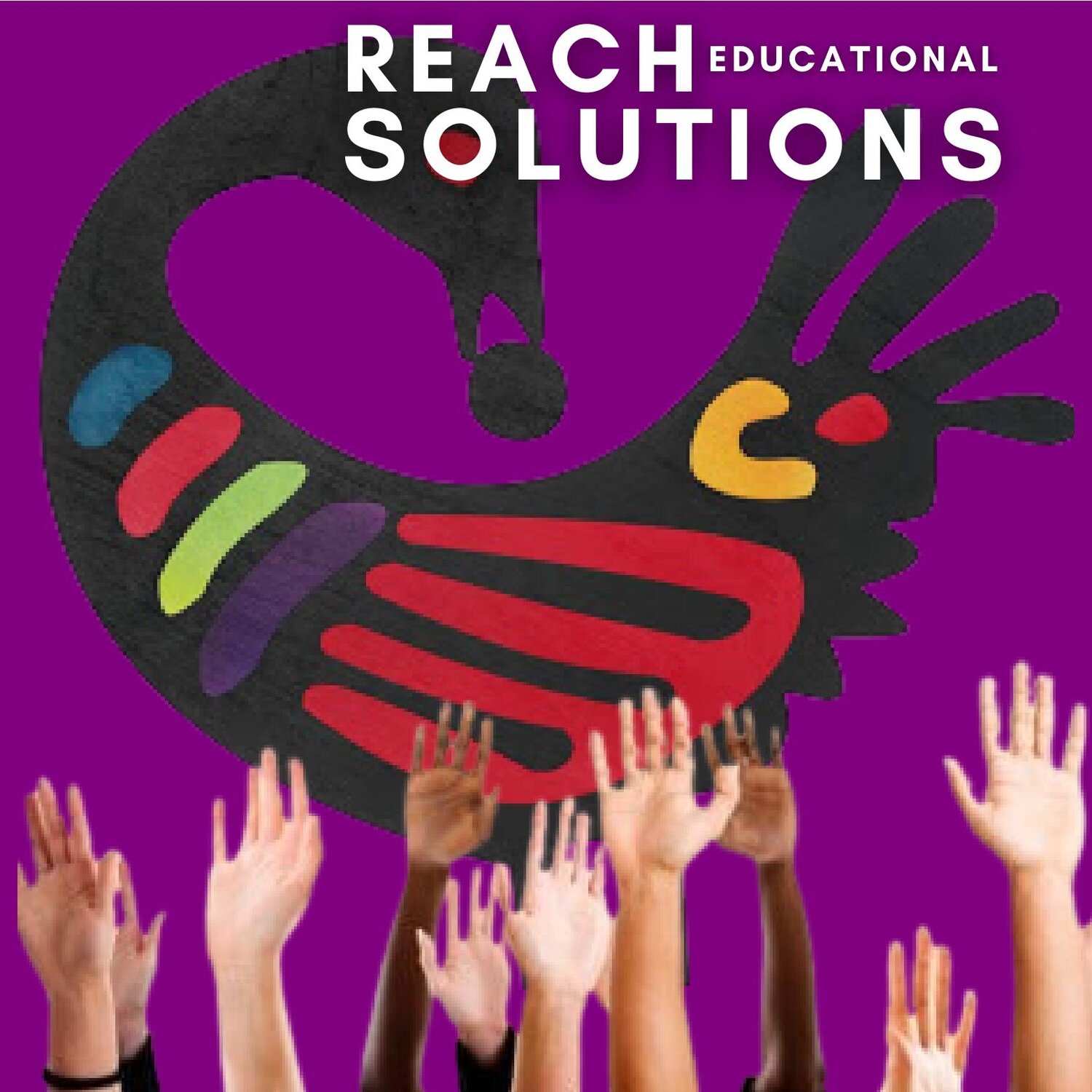CLOSING THE RHETORIC - ACTION GAP AROUND DIVERSITY, EQUITY, AND INCLUSION

Organizations must BE diverse, equitable, and inclusive…instead of DOING diversity, equity, and inclusion!
-Dr. Monica George-Fields, CEO and President of REACH Educational Solutions
TYPES OF DEI TRAINING
-
This training focuses on facilitating the organization’s creation of a robust Diversity, Equity, and Inclusion (DEI) belief statement that everyone knows and understands well.
-
This training focuses on establishing and maintaining safe and intellectual spaces for people to discuss their experiences, belief systems, the role the organization plays in challenging the status quo, and supporting change.
-
This training provides staff members the opportunity to learn about biases that exist within society and the organization that impedes their ability to create a trusting and nurturing work environment for everyone.
-
This training teaches the members of the organization, particularly the leaders, practices that give diverse employees agency and voice for creating an accepting, comfortable, and safe place to work.
-
This training focuses on increasing community engagement by creating partnerships that increase the organization’s reach beyond the physical structure and scope of work.
The Approach
Moving organizations to a state of being rather than doing, our training requires:
Long-term training for all levels of the organization
Separate leadership training sessions to focus on retention data and employee perceptions
Periodic check-ins and surveys
Optional coaching and mentoring
Reflective Prompts
Participants engage in activities centered around thought-provoking prompts that get at the core of what participants think and experience:
The organization’s stance on diversity, equity, and inclusion
The organization’s cultural sensitivity scale
The organization’s common understandings of priorities, values, and goals
Measuring Impact
Are the organization’s efforts successful with creating an environment that is diverse, equitable, and inclusive?
Who is in and seeking leadership roles?
In school and district settings, how do students and families see themselves represented in the organization?
Who is leaving the organization and why? What do the exit interviews reveal?
What is the resource ratio for establishing and sustaining a DEI culture in comparison to other initiatives?
What type of feedback system does the organization use? How does the selected protocol ensure an open system?



